rawlab.xyz
interactive & new media art
Curriculum Vitae
rawlab.xyz@gmail.com
@rawlab.xyz
rawlab is a research-driven artistic duo interrogating the shifting dynamics between language, thought, and emergent technologies. Operating as an open framework for experimentation and play, their practice prompts reflection on the broader socio-cultural implications of our networked environments, transforming audiences from passive observers into active participants and turning interaction into a space for critical engagement.
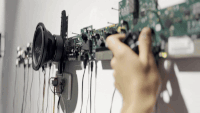 Useless Machines 2025
workshop, creative coding
Useless Machines 2025
workshop, creative coding
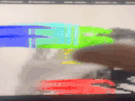 Raw Resources 2024
installation, found objects
Raw Resources 2024
installation, found objects
 Age of You 2024
interactive installation, emotion recognition
Age of You 2024
interactive installation, emotion recognition
 Bound in Boxes 2024
interactive installation, object recognition
Bound in Boxes 2024
interactive installation, object recognition
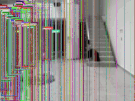 Fabricated Truth & Other Myths 2023
object recognition, machine learning dataset
Fabricated Truth & Other Myths 2023
object recognition, machine learning dataset
 Decoding Ambiguity 2023
immersive video installation, stable diffusion
Decoding Ambiguity 2023
immersive video installation, stable diffusion
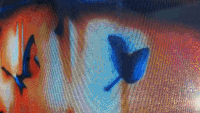 Now You See Me 2022
interactive video installation, object recognition
Now You See Me 2022
interactive video installation, object recognition
 Identity 2.0 2021
video, object recognition
Identity 2.0 2021
video, object recognition
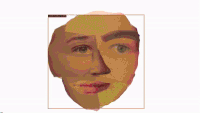 A Better Connection 2021
real-time data-driven installation
A Better Connection 2021
real-time data-driven installation
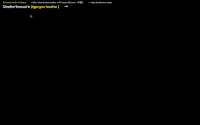 Ground Truth 2019
interactive installation, performative camouflage
Ground Truth 2019
interactive installation, performative camouflage
 Choreographies of relativity 2019
performance, urban space
Choreographies of relativity 2019
performance, urban space
 Use a catchy title 2018
BA thesis, editorial, web design
Use a catchy title 2018
BA thesis, editorial, web design
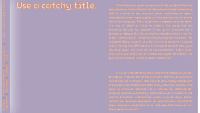 Other Voices, Other views 2018
short documentary, alternative education
Other Voices, Other views 2018
short documentary, alternative education

© 2025







